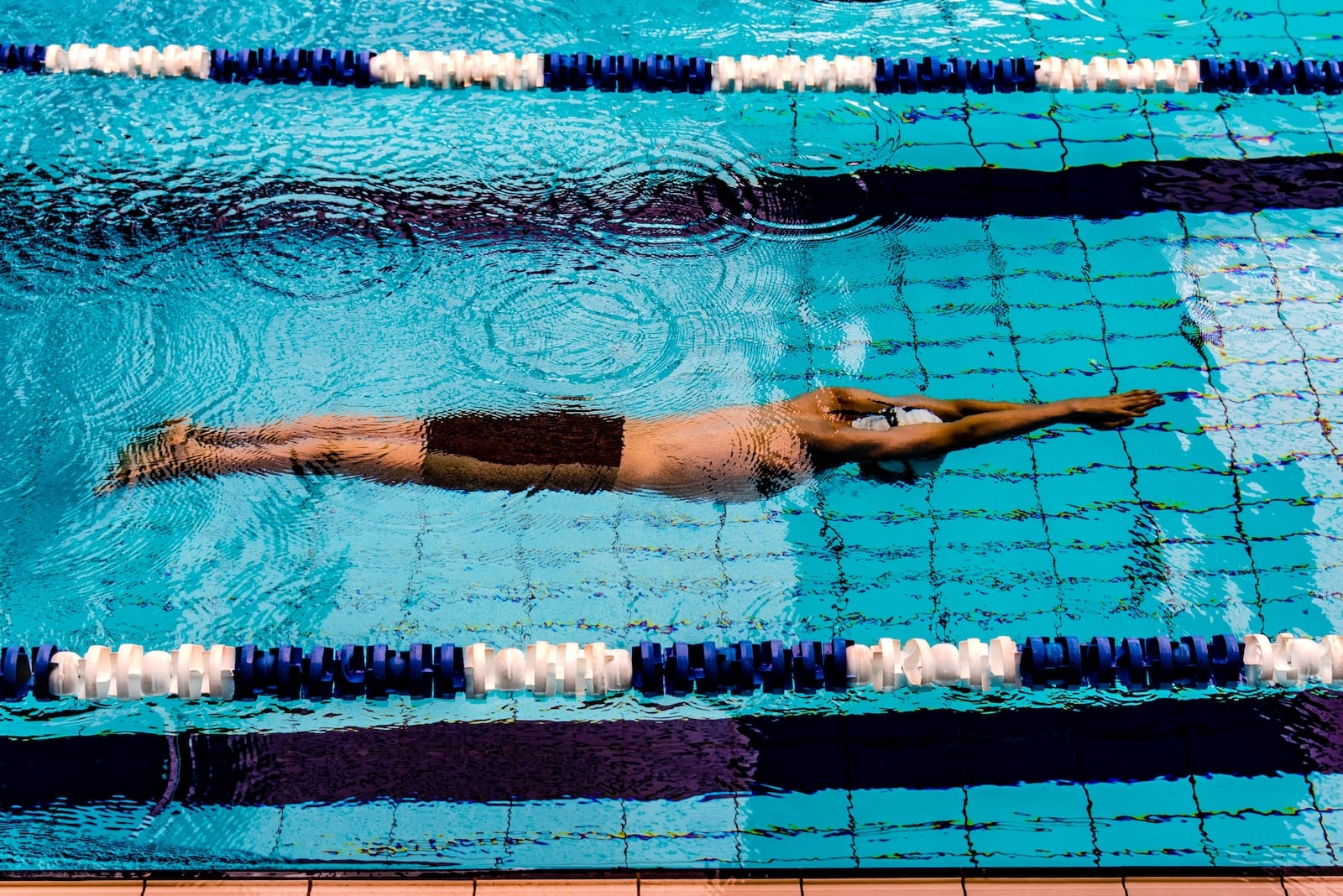Freestyle Recovery – Lift From The Elbows

Watching top swimmers, they predominantly have one of two types of freestyle recovery. Either high elbow – the classical style mostly taught, or with a straight arm recovery.
As mentioned last week, your recovery doesn’t do a lot for making you quicker – all that power comes from work done under the water. However what goes on above the water CAN waste a lot of energy. The more effort that you expend over the water, the less force and energy you can exert levering the body forward. Your arms also dictate the direction that you are heading, so if they are sending you off in another direction, due to a less than optimal freestyle recovery, then you will be wasting large amounts of energy.
Every aspect of the swimmer in the video’s stroke is designed to send him forward in a direct line. His freestyle recovery is no exception. Roland uses a high-elbow recovery that keeps his hands and arms close to the body as they move forward. The hand is relaxed and low, and travels directly forward rather than swinging out and around, or up and over.
When slowed down for a closer look, notice that the first thing out of the water is the elbow. Roland lifts with the elbow and keeps the elbow higher than the hand, all the way through the recovery. The pulling hand finishes in full extension, but then relaxes as the elbow takes over.
From under water, you can see that when one shoulder lifts and clears the water, it enhances the overall rotation of the torso and hips. As Roland swims directly toward the camera, notice how small a surface area he presents to the water. By lifting with the shoulder, he presents only one shoulder and his head to the water. This reduces his frontal resistance and makes him more rocket-like in the water.
It’s best to focus first on lifting the elbow to initiate the recovery. This will give you a clean line, a relaxed recovery, and natural rotation. By lifting from the elbow, the arm can be very much more relaxed and come through straight from hips to out in front. A more tense – and as a result outward singing arm – will encourage the body to swing from side to side.
This should help you go much further for each individual stroke, with less effort – and hopefully faster! If you have any questions or comments, please feel free to get in touch; either by email, facebook or leave a comment on here! Remember, you can always get your swimming reviewed in the endless pool with our video swim analysis packages.
See what’s up next week for our #SwimTechTues tip!
